Part of a plane which crashed in the Angus Glens in 1944, killing eight airmen, is to go on display in Montrose after being discovered exactly 80 years after the tragedy.
The tragic remnant was unearthed at a peatland restoration site at Tulchan of Glenisla.
Neil White, a regional manager with Perth-based forestry company Scottish Woodlands Ltd, made the find.
He spotted the shiny piece of metal buried in the turf during work on the remote hillside.
“I was a reservist in the Parachute Regiment, and I’ve spent a bit of time around planes, so I knew instantly it was part of an aircraft,” said Neil.
Fateful training mission
His research revealed it was from Handley Page Halifax LL414. The aircraft took off from RAF Sandtoft in Lincolnshire on May 31 1944 for a training exercise – but never returned.
Eight airmen, six of whom were Canadian and two English, were lost.
The six Canadians were buried in a Commonwealth War Graves site at Sleepyhillock Cemetery, near Montrose.
After alerting the Ministry of Defence to the discovery, Mr White has now handed the part over to Montrose Air Station Heritage Centre.
The centre is based on the site of the UK’s oldest operational military airfield, RAF Montrose, first used in 1913.
And during his investigations, Mr White discovered the station’s close link to the aircraft.
Canadian crewmen laid to rest at Montrose
MAHSC display co-ordinator Sian Brewis said: “The mountain rescue team from RAF Montrose recovered the bodies of all the men from the crash and brought them back to the air station.
“The military funerals of the six Canadians would have been organised and held by the air station.
“Therefore, the museum has a very relevant link to what was found and was very pleased to accept the part.”
She added: “We thank Neil and Scottish Woodlands for the care and attention with which they have dealt with this find.
“We will set up a special display using the part to highlight this significant and tragic event in the history of RAF Montrose.”
The bomber is believed to have crashed in the early hours of June 1 1944.
An RAF inquiry concluded the pilot lost control while flying by instruments after the failure of one or more engines. The aircraft crashed out of control in a spiral dive in in Glenisla.
MoD approve Glenisla crash site work
Mr White said: “It was important to me to follow the proper procedures, so I contacted the Ministry of Defence for a licence to excavate the crash site.
“After obtaining the correct paperwork, we carried out further excavations. No other parts were found, so we were able to continue with the peatland restoration project.
“While the site was being excavated, I contacted the heritage centre and offered to donate the part to them.
“I’m delighted the wreckage will be well looked after and treated with appropriate respect to honour those who died in the crash – and allow future generations to understand more about this tragic story, and remember those who died.”
Neil wrote his own tribute to the tragic crew of LL414 for a poppy on the centre’s memorial wall.
Importance of peatland restoration
Ian Robinson, managing director of Scottish Woodlands Ltd, said: “This story illustrates how seriously and professionally we take all aspects of our work.
“It was an exciting find for Neil. He was determined to go through all the right channels to ensure the site work proceeded appropriately.
“Peatland restoration is an increasingly significant part of our work, which complements our forestry operations.
“We were the first mainstream forestry company to appoint a specialist peatland project officer in Erin Stoll and her work as part of our wider carbon team is a very important part of our business.”
Peatlands are important for regulating the climate and water, and providing habitats for wildlife.
Some 80% of the UK’s peatland is currently in a degraded state.
The Tulchan of Glenisla project was supported by Cairngorms National Park and Peatland Action.
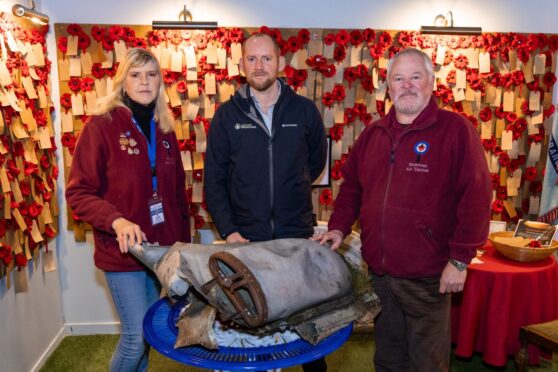
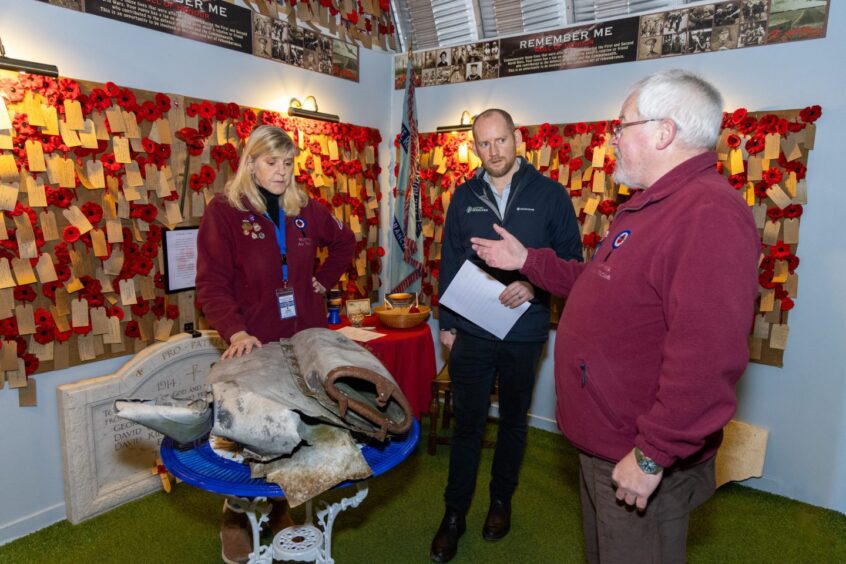
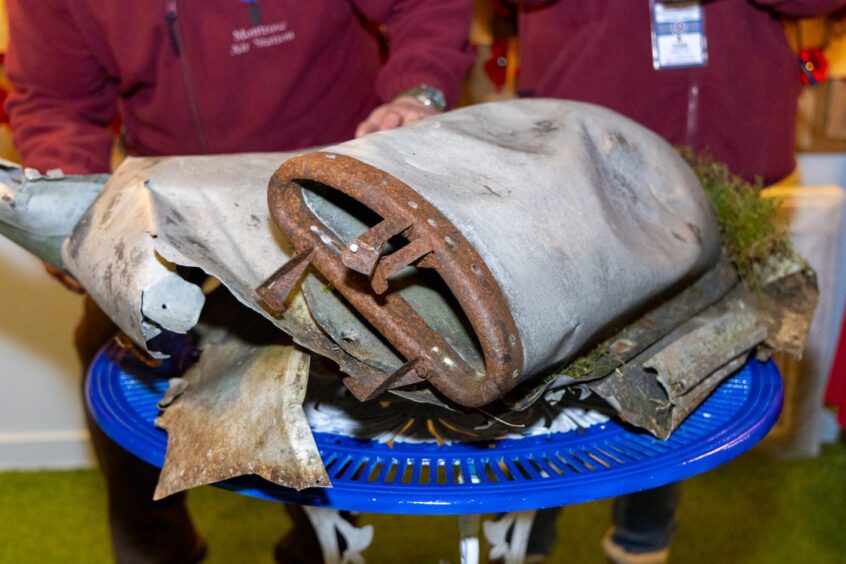
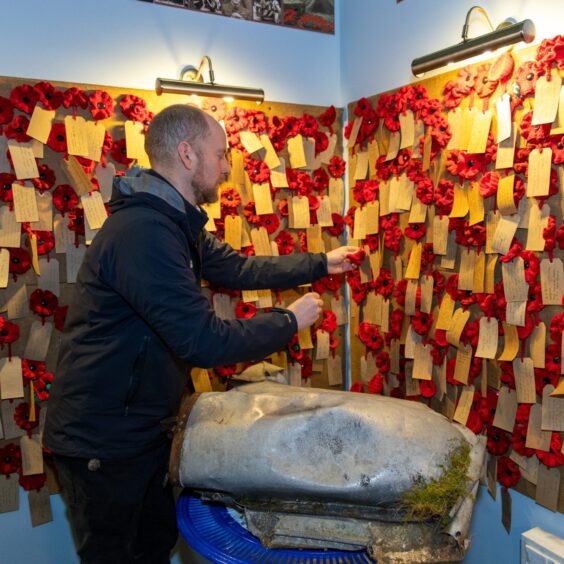
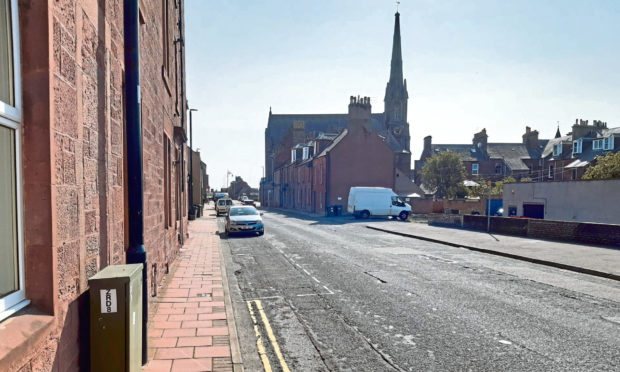
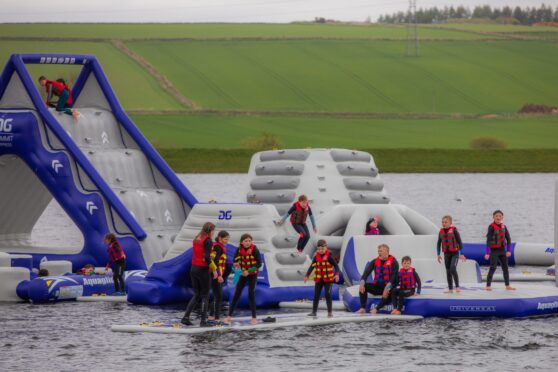
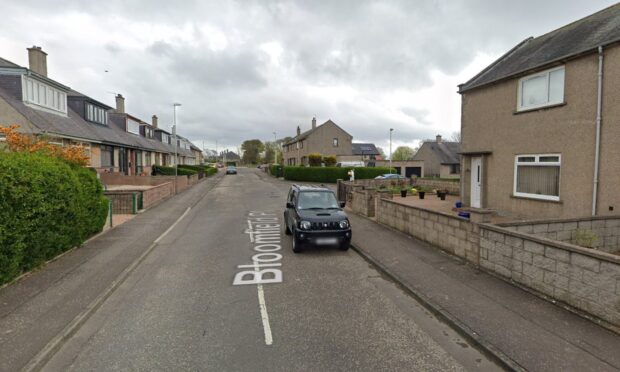

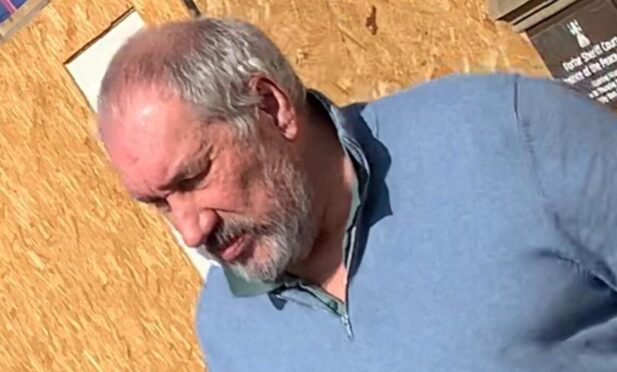

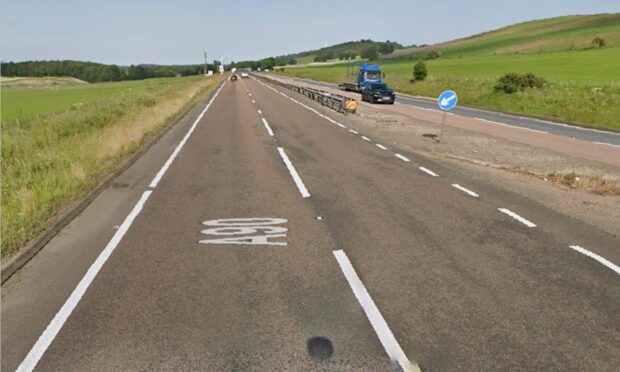
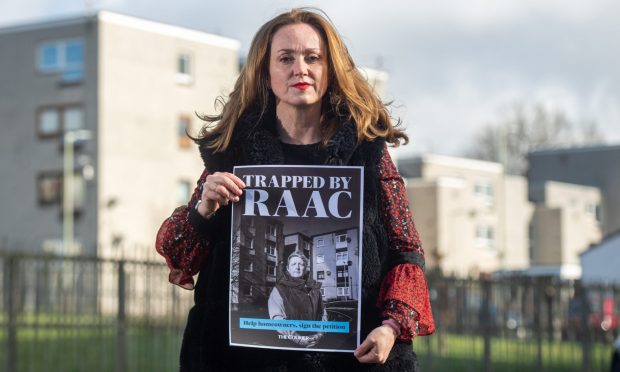
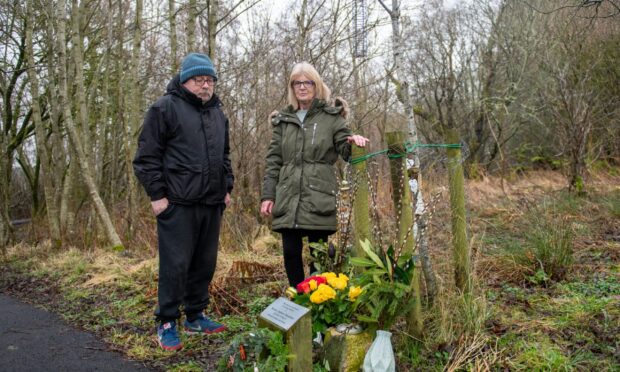
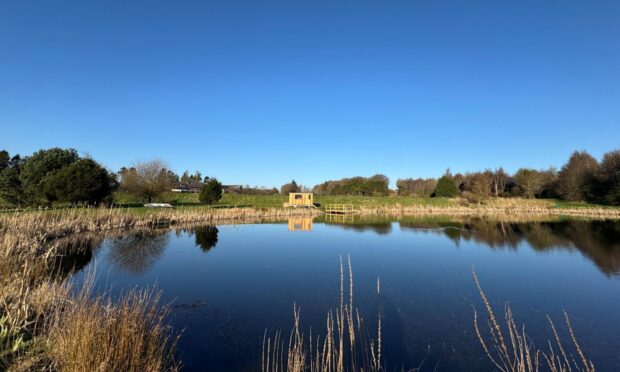
Conversation